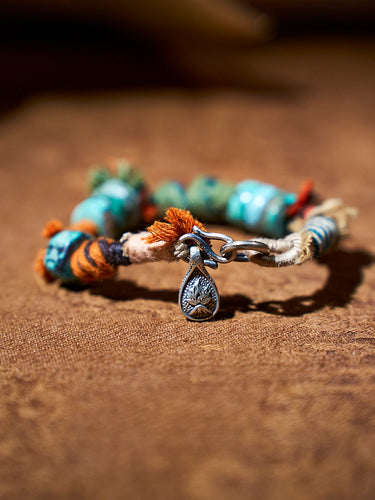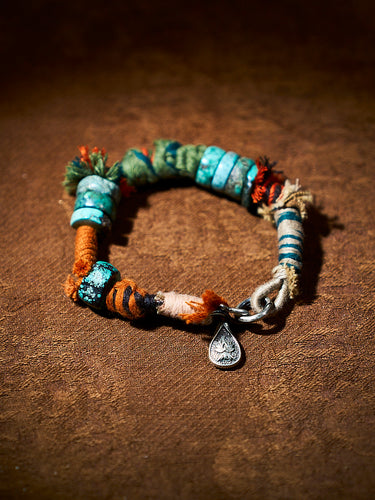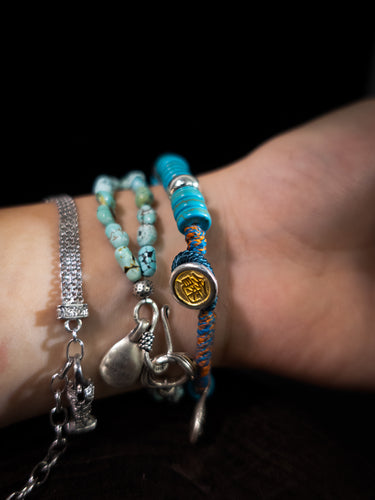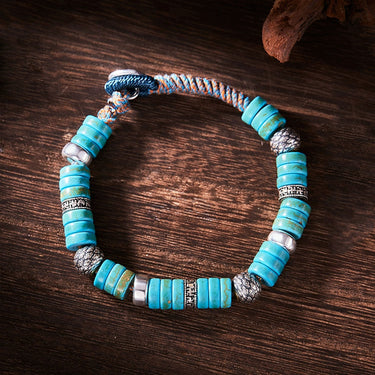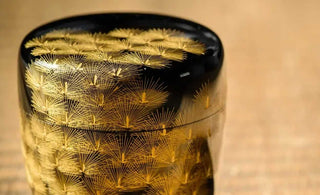
In a world where sustainability and environmental consciousness are becoming increasingly important, it is imperative to seek eco-friendly choices in every aspect of our lives, including the appreciation and collection of classical oriental art. Going green with Japanese lacquerware, an eco-friendly choice, is a beautiful harmony between ancient tradition and modern environmental consciousness. This convergence exemplifies a profound respect for nature, which is deeply embedded in the Japanese ethos. Japanese lacquerware, known as Urushi, has been a revered art form for centuries, celebrated for its elegance and durability. Among the myriad of options, one stands out for its exquisite beauty and environmentally conscious craftsmanship: Japanese lacquerware. With its deep-rooted traditions, meticulous artistry, and sustainable practices, Japanese lacquerware offers a compelling choice for those seeking to embrace a greener approach to art.
The Art of Japanese Lacquerware: A Sustainable Legacy
Immersed in the ethereal realm of classical oriental art, the art of Japanese lacquerware emerges as a testament to the profound connection between humanity and the natural world. It is a living legacy, carefully nurtured and passed down through generations, embodying the essence of sustainability and timeless artistic expression. At the heart of this enchanting art form lies the urushi tree, a majestic presence rooted in the landscapes of Japan. Revered as a sacred gift from nature, the urushi tree bestows its sap upon skilled artisans, who transform it into the exquisite lacquer that adorns Japanese lacquerware. This sap, carefully harvested in a harmonious dance with the rhythms of the seasons, holds not only the essence of the tree itself but also the collective wisdom and traditions of countless generations. The process of extracting the urushi sap is a delicate alchemy, a ritualistic communion between the artisan and nature's gifts. With reverence and respect, the sap is coaxed from the tree, its golden tears collected in vessels of earthenware. Like a sacred elixir, the sap undergoes a transformative journey, refined and purified to create the luminous lacquer that will grace the surfaces of lacquerware. Meticulous craftsmanship lies at the heart of Japanese lacquerware, a testament to the unwavering dedication of artisans who have devoted their lives to mastering this ancient art form. With hands that have become extensions of their souls, they breathe life into the lacquer, shaping it into vessels of beauty and utility. Through a meticulous layering process, the lacquer is carefully applied, each coat drying in the embrace of time before the next is added. The artisans' hands, guided by an innate intuition and years of practice, polish the lacquer to a mesmerizing sheen, transforming it into a mirror that reflects both the physical and spiritual worlds. Japanese lacquerware is more than mere objects; they are conduits of stories, vessels of symbolism, and gateways to the imagination. Within their gleaming surfaces dwell worlds of mythical creatures and landscapes imbued with a sense of otherworldly tranquility. Delicate brushstrokes, like whispers of the wind, depict scenes of cherry blossoms in bloom, cranes taking flight, and moonlit nights shrouded in mystery. Each stroke of the brush is a brushstroke of the soul, an expression of the artist's connection to the natural world and the profound beauty that resides within it. Embracing sustainability as an inherent part of its legacy, Japanese lacquerware is a beacon of ecological consciousness. The use of natural materials, such as responsibly sourced wood and biodegradable urushi lacquer, ensures that these art pieces leave a minimal impact on the environment. The artisans, custodians of tradition, respect the delicate balance between human creativity and the preservation of nature's bounty. With each stroke of the brush and each layer of lacquer, they celebrate the interconnectedness of all living things and the imperative of sustainable practices.
The Lacquerware Crafting Process: Nurturing Nature's Gifts
The creation of Japanese lacquerware is a labor-intensive process that requires time, skill, and a deep respect for nature. The urushi sap is extracted from the tree with utmost care, following traditional methods passed down through generations. After harvesting, the sap is refined and mixed with natural pigments to create a range of vibrant colors. This process not only ensures the purity of the lacquer but also minimizes the use of synthetic materials and harmful chemicals. The artisans behind Japanese lacquerware, known as "urushi-shi," are highly skilled masters of their craft. They dedicate years of their lives to honing their skills and perfecting the art of lacquerware creation. These artisans work in harmony with nature, using traditional techniques and hand tools to shape the base materials, typically wood, into elegant and functional objects. By embracing time-honored methods, they minimize the reliance on energy-intensive machinery and mass production, resulting in a smaller environmental footprint. Japanese lacquerware incorporates a variety of natural materials, carefully selected for their sustainability and unique qualities. Wood, often sourced from responsibly managed forests, serves as the canvas for masterful lacquer application. The lacquer itself, derived from the urushi tree, is biodegradable and free from toxic substances, making it an eco-friendly alternative to synthetic coatings. Additionally, the use of natural pigments, such as crushed minerals and plant-based dyes, further enhances the environmentally conscious nature of Japanese lacquerware. One of the most remarkable aspects of Japanese lacquerware is its durability and longevity. The meticulous layering and polishing of the lacquer not only create a stunning visual effect but also provide a protective barrier that enhances the lifespan of the object. By investing in Japanese lacquerware, collectors and enthusiasts can enjoy the beauty of these pieces for generations to come, reducing the need for frequent replacements and minimizing waste.
Preserving Lacquerware Tradition, Nurturing the Future
Japanese lacquerware embodies a profound connection to the past while embracing a sustainable future. By supporting this ancient art form, collectors and enthusiasts contribute to the preservation of traditional craftsmanship and the livelihoods of skilled artisans. The demand for Japanese lacquerware encourages the continuation of sustainable practices, ensuring the conservation of natural resources and the perpetuation of a rich cultural heritage.he art of Japanese lacquerware is not only about preserving an ancient craft but also about educating current and future generations on the importance of eco-friendly practices. By choosing Japanese lacquerware, consumers are supporting a culture that values environmental conservation and sustainability. Contemporary artisans are pushing the boundaries of traditional Urushi techniques, experimenting with new, more sustainable materials and methods. These innovations include the development of water-based lacquers and the use of alternative, eco-friendly substrates, expanding the possibilities of sustainable lacquerware art.
In conclusion, going green with Japanese lacquerware represents a thoughtful choice for those who appreciate both art and the environment. The eco-friendly nature of this traditional craft lies in its use of organic materials and its long-lasting qualities. Urushi pieces are cherished for their longevity, often passed down through generations, which aligns with the sustainable concept of reducing waste by utilizing long-lasting products.It is a testament to the possibility of preserving traditional crafts while adapting to contemporary ecological needs. In a world increasingly conscious of its environmental impact, Japanese lacquerware stands as a beacon of sustainability, a fusion of timeless beauty and responsible artistry. It's not just a choice of aesthetics but a commitment to a greener, more sustainable way of living.








